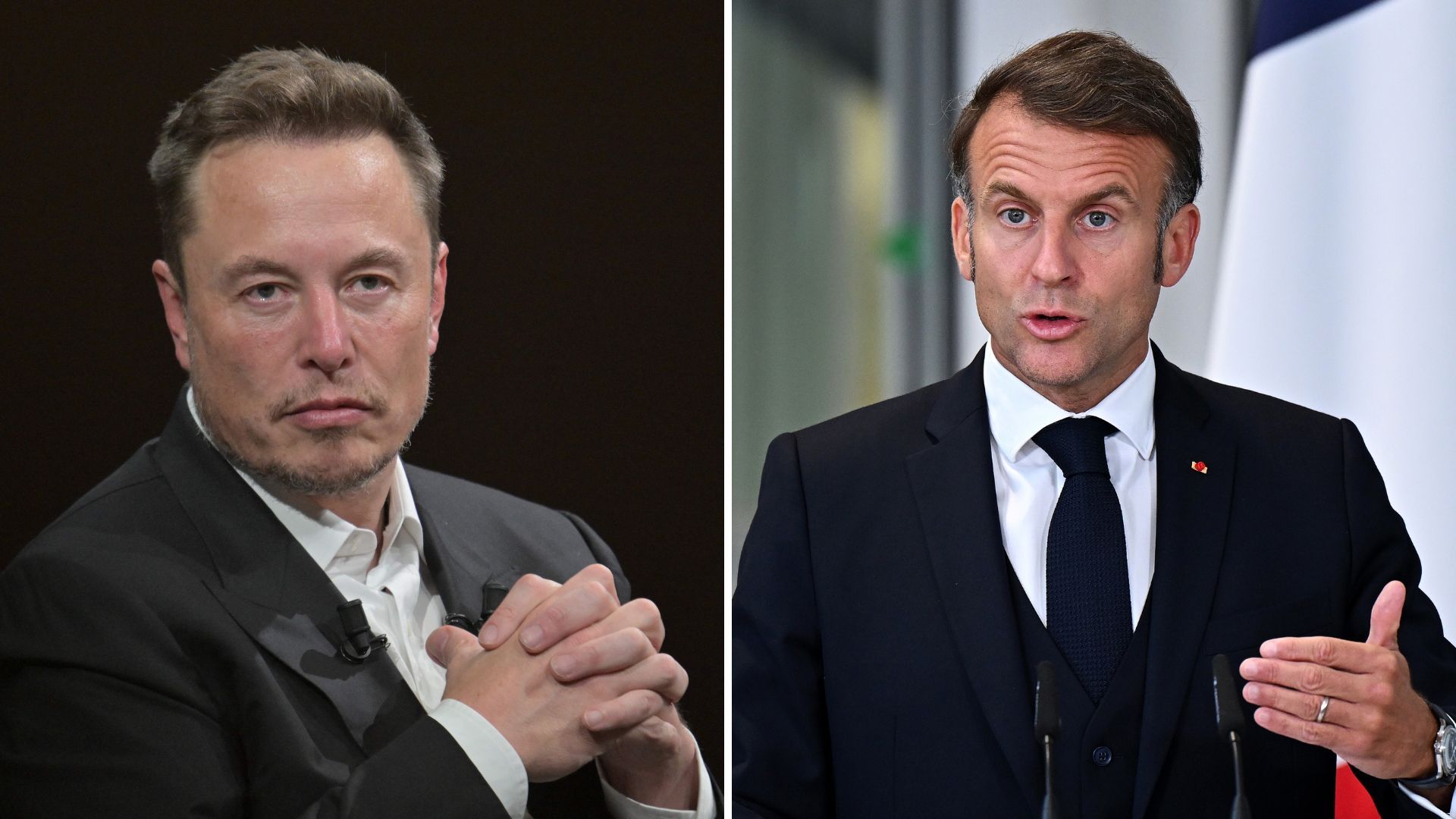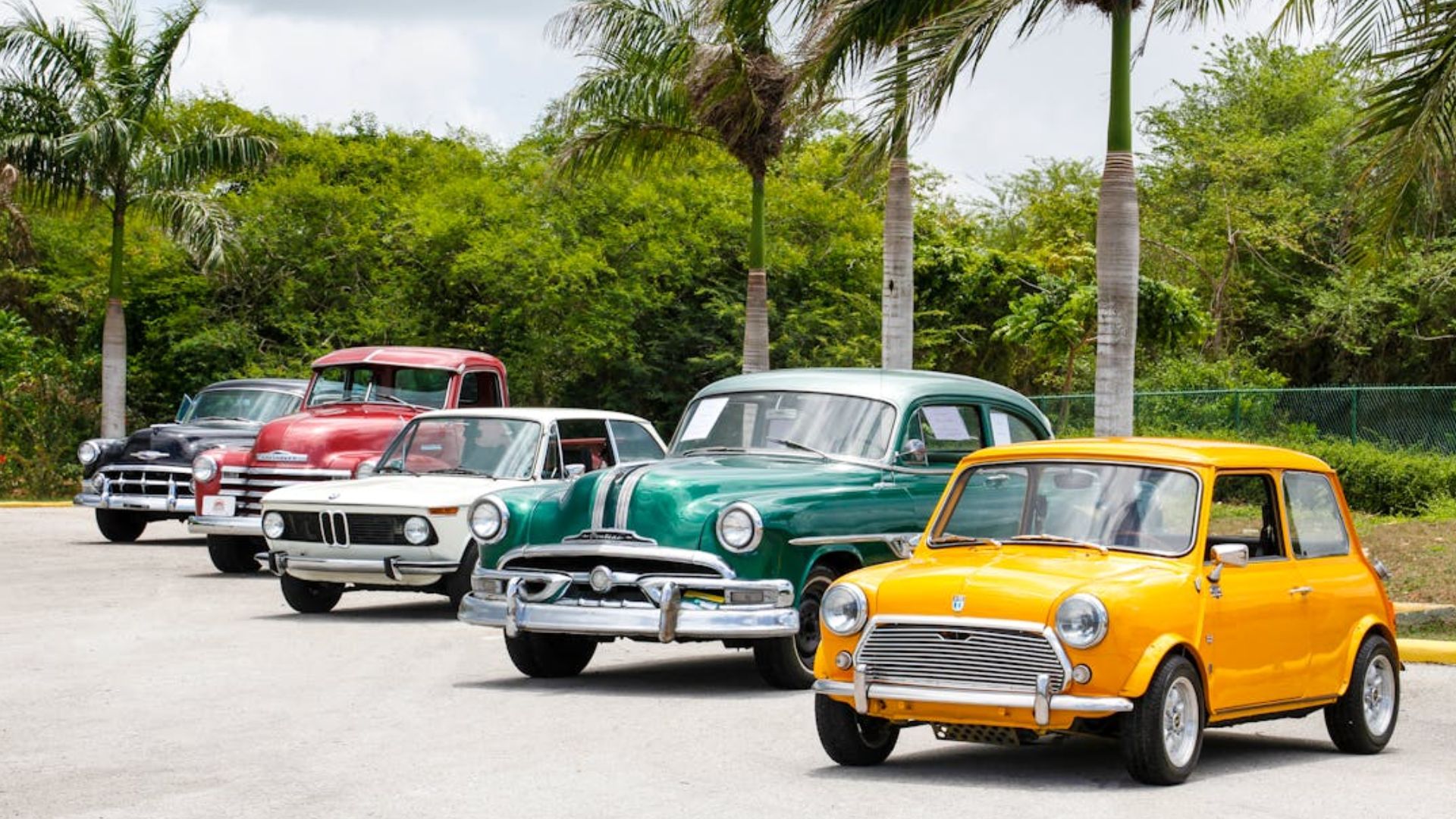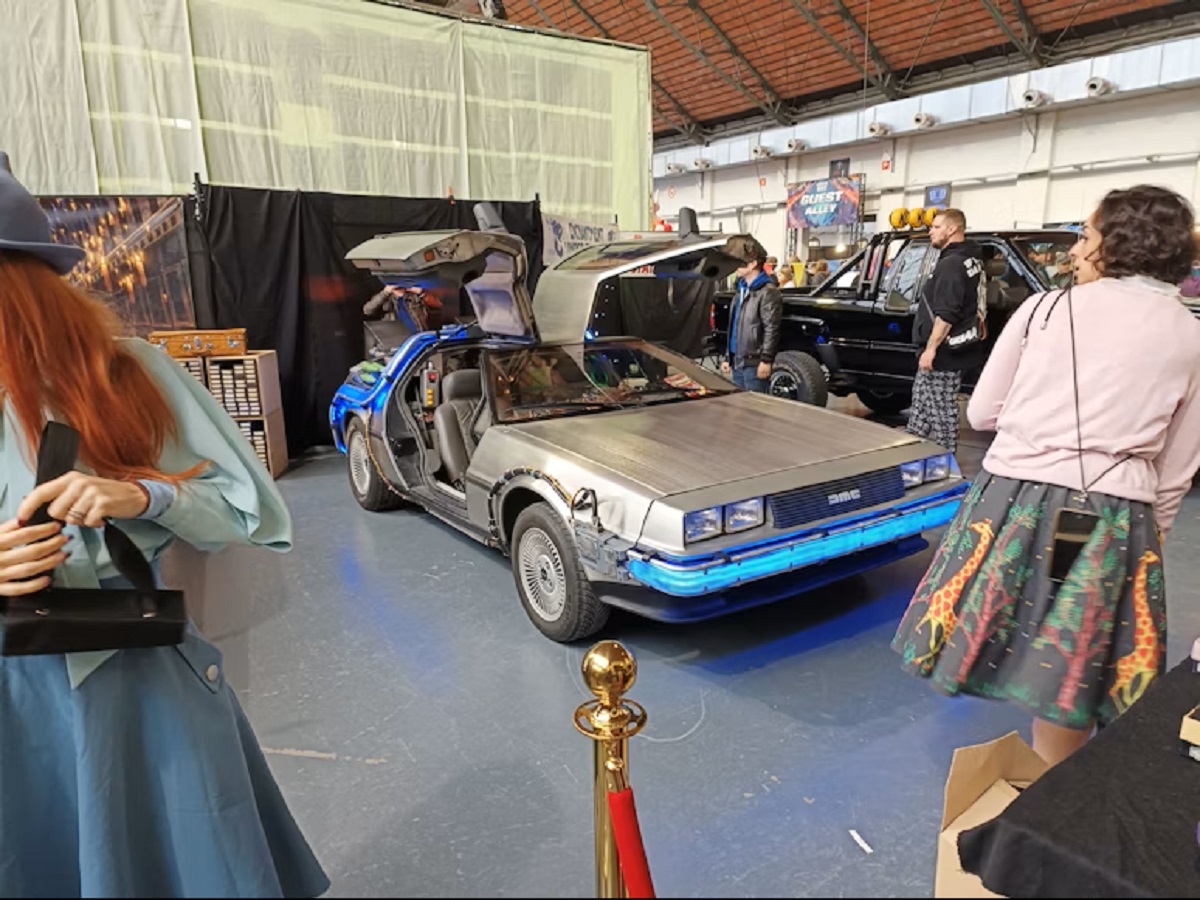
Remember the early 2010s when using Instagram filters was a personality trait, and your biggest tech flex was a phone that didn’t lag while opening the camera? Yes, that magical time kicked off a full-blown smartphone revolution. What started as a way to call your mom quickly morphed into a do-it-all sidekick who knew your schedule better than you did.
The last decade was about transformations. Phones stopped being accessories and started becoming extensions of us. They turned average humans into photographers, DJs, TikTok stars, emoji poets, and serial group chat participants.
Of course, not every phone earned icon status. Some came in hot, fizzled fast, and are now buried in drawers next to expired chargers. But a chosen few? They stood out. So, let’s take a look at 15 smartphones that ruled the last decade and gave us a very valid reason to panic every time we hit 1% battery.
iPhone X

Apple’s iPhone X, released in 2017 for the brand’s 10th anniversary, redefined the smartphone blueprint. It introduced Face ID, capable of scanning faces even in pitch black. With its stunning OLED Super Retina display and the removal of the Home button, this smartphone launched gesture navigation and the infamous notch trend.
Samsung Galaxy S10

The Samsung Galaxy S10 marked ten bold years of Galaxy innovation and didn’t hold back. Its punch-hole “Infinity-O” display broke the notch mold, while the ultrasonic fingerprint sensor seamlessly blended security with a sleek design. In a surprising twist, it introduced Wireless PowerShare, letting users charge phones on the go.
Google Pixel 3

This one proved you don’t need multiple cameras to steal the spotlight. Its single rear lens, backed by Google’s smart AI, delivered magic, especially with Night Sight turning darkness into detail. Besides, Top Shot caught perfect moments, spam calls got screened by Assistant, and the Titan M chip quietly locked it all down.
Huawei P30 Pro

Launched in 2019, the Huawei P30 Pro was the first mainstream phone to feature 5x periscope zoom. It topped DxOMark’s camera rating at release and could capture the Milky Way using Night Mode. The phone also offered reverse wireless charging but lost Google app access soon after, shaking the market.
iPhone 12

Marking a pivotal leap into the 5G era, the iPhone 12 brought back the beloved flat-edge aesthetic, a nod to the iPhone 5s. For the first time, Apple equipped every model in the lineup with OLED displays, ensuring richer colors across the board. Durability also saw a major upgrade, thanks to the introduction of Ceramic Shield.
Samsung Galaxy Note 10

With the Galaxy Note 10, Samsung enhanced its productivity powerhouse to sleek new heights. The S Pen evolved beyond writing, and in Note history, the headphone jack was gone, signaling a new era of wireless audio. Available in two sizes, the Note 10 catered to users craving choice without compromise.
OnePlus One

In 2014, the OnePlus One shook up the smartphone world by providing flagship-level specs at just $299. Running on CyanogenMod OS, it gave users an unmatched level of customization, something rivals weren’t even close to offering. Despite having no traditional advertising or physical stores, the device sold over a million units.
Motorola Razr (2019)

Reviving one of the most iconic phones of the 2000s, the Motorola Razr (2019) reimagined the legendary flip phone as a foldable one. It became the first vertical clamshell foldable to feature a flexible OLED display. This way, users could fold the phone shut to end calls—just like in 2004—rekindling an experience long forgotten.
Nothing Phone (1)

This one’s transparent back revealed a grid of customizable LED “Glyph” lights—flashing and pulsing with ringtones and app notifications. In an industry dominated by lookalikes, it provided fresh visual identity and tactile feedback without gimmicks. Even with no legacy branding, it sold remarkably well.
LG G5
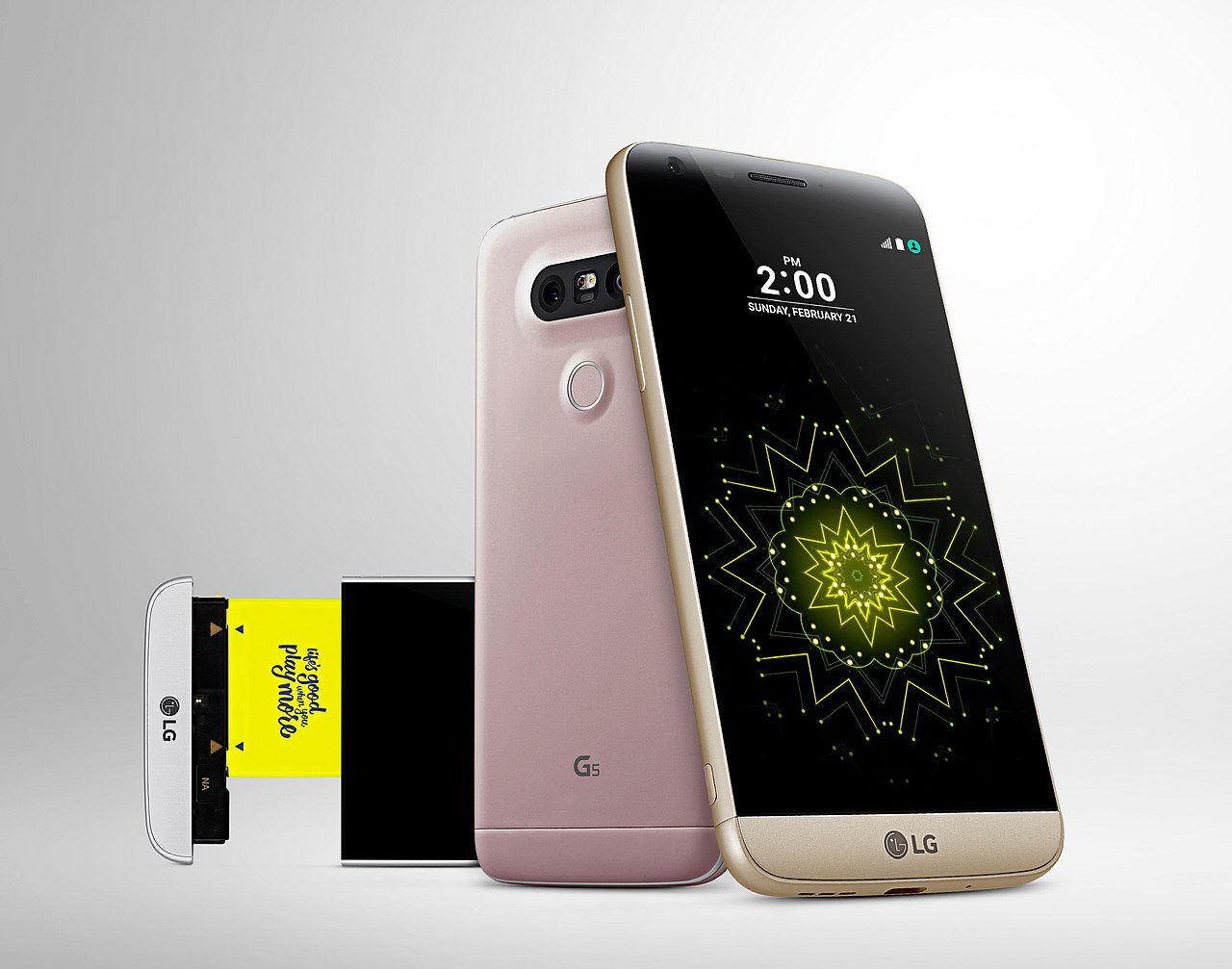
This smartphone dared to break convention with its modular design, which was a removable base that allowed users to swap in functional upgrades. Long before dual rear cameras became standard, the G5 introduced them for wide-angle photography. Plus, its unique “Friends” accessories included a 360-degree camera and even a quirky rolling robot companion.
Samsung Galaxy Z Flip

Unlike early foldables, the Samsung Galaxy Z Flip featured ultra-thin foldable glass instead of plastic. It also introduced “Flex Mode,” which smartly splits apps across the hinge. In short, it was a limited-edition Thom Browne version, where designer luxury met futuristic tech. Z Flip was sold out in a flash, adding prestige to practicality.
iPhone 6
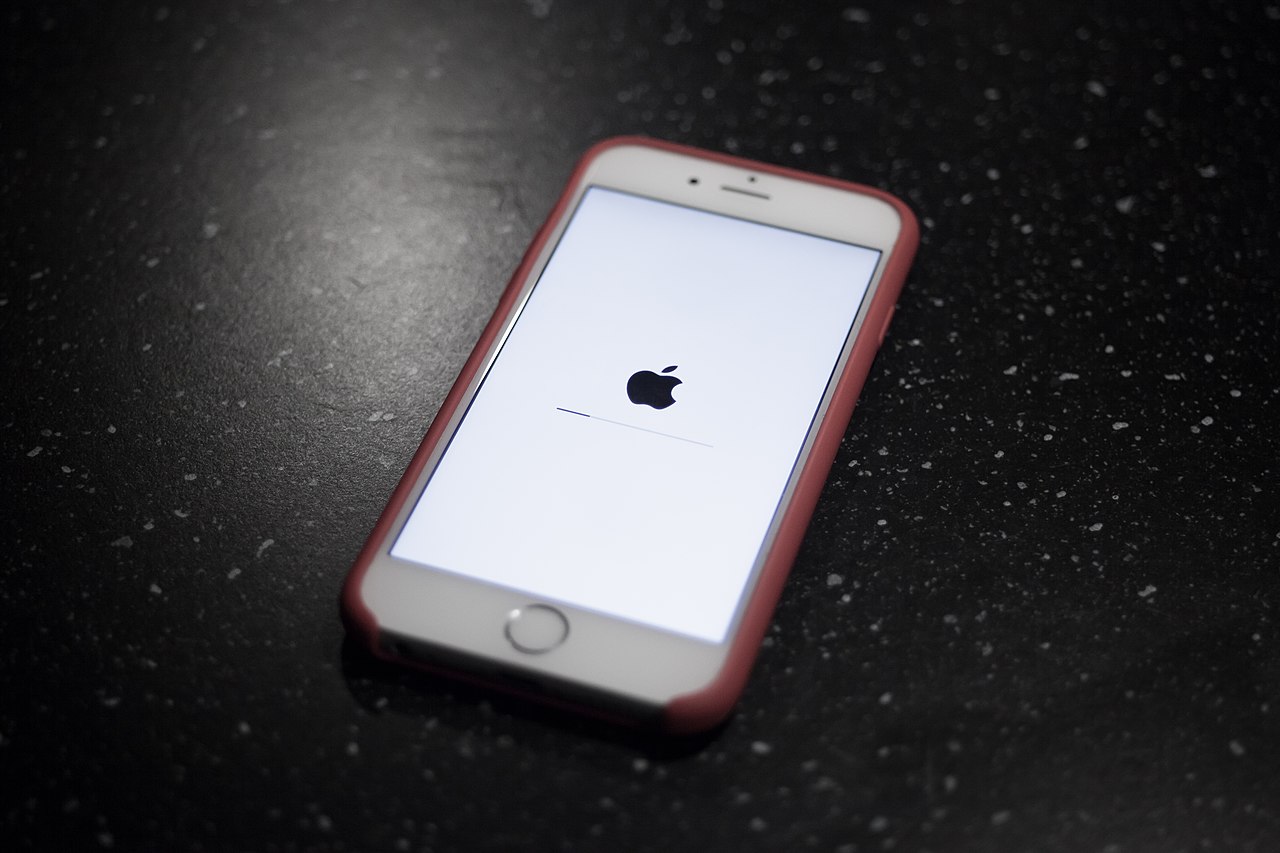
The iPhone 6 marked a turning point in Apple’s design philosophy, finally embracing larger displays with its 4.7-inch and 5.5-inch Plus models. This size jump not only delighted users craving more screen space but also pushed developers to rethink their app interfaces for a bigger canvas. It was also the first iPhone to support Apple Pay.
Xiaomi Mi Mix
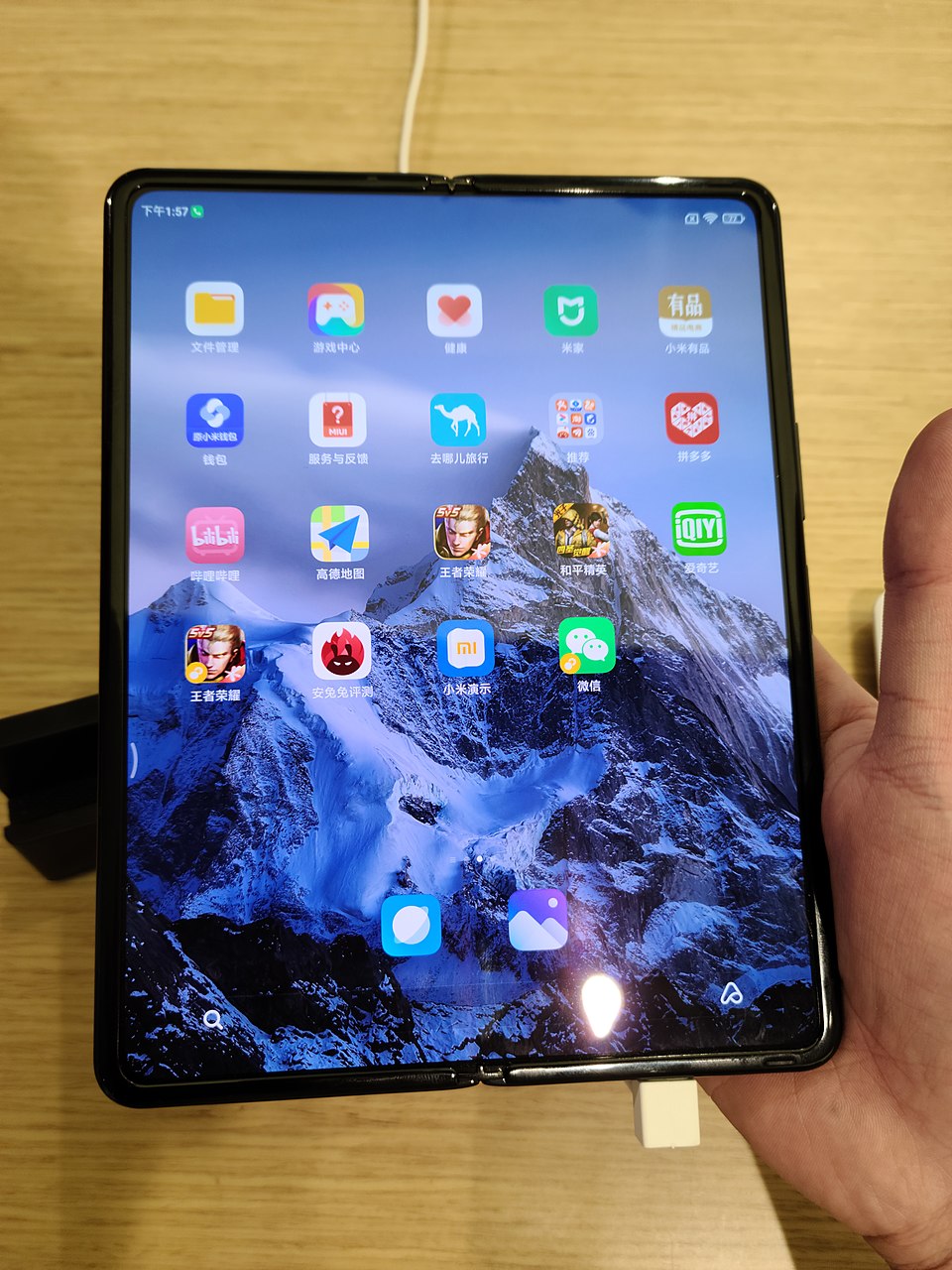
In 2016, the Xiaomi Mi Mix stunned the industry with its nearly bezel-less display. Collaborating with the famous French designer Philippe Starck, Xiaomi turned the Mi Mix into a design statement. It even replaced the traditional earpiece with a piezoelectric speaker that transmitted sound through the display.
Google Pixel 6
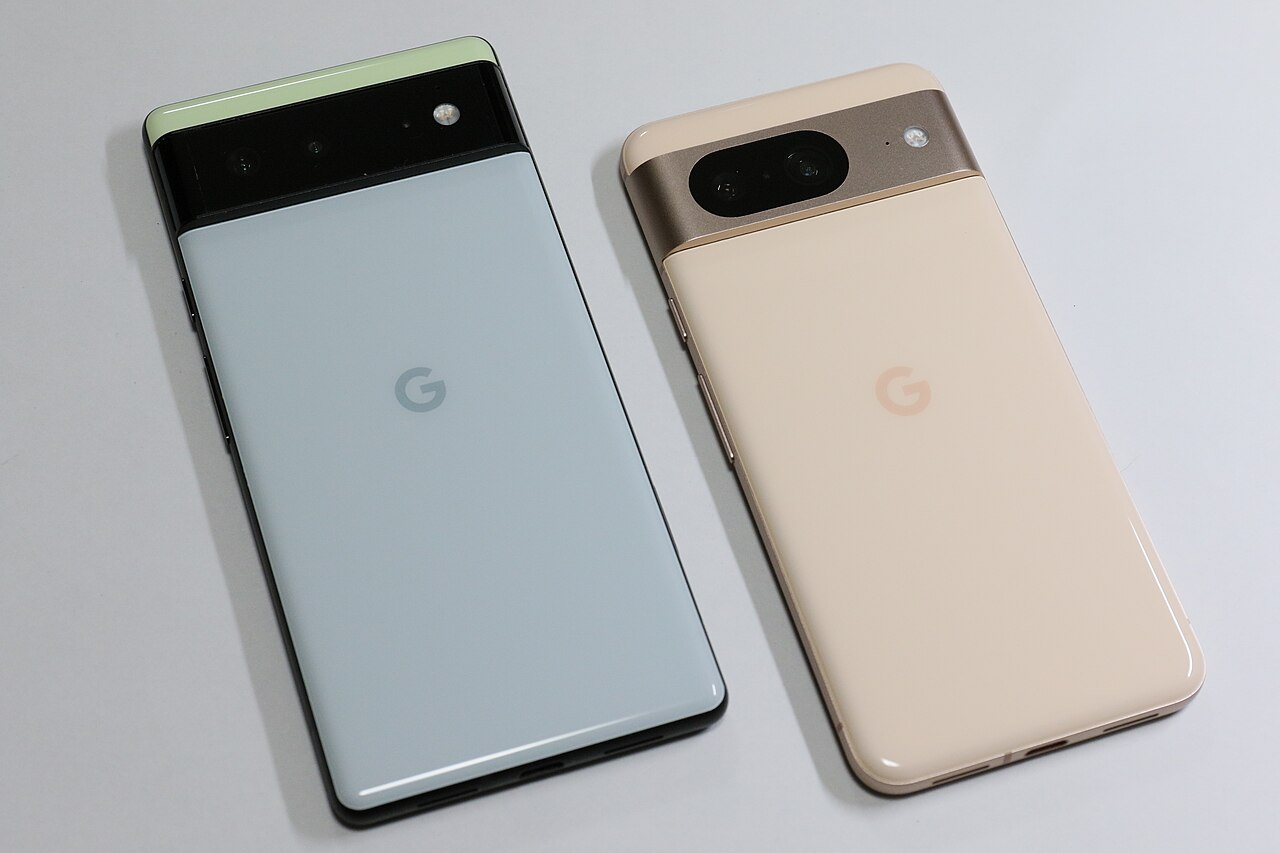
It launched alongside Android 12’s “Material You” interface, which offered dynamic theming that adapted the entire UI to users’ wallpaper colors. The Pixel 6 also underwent its first major design overhaul since the original Pixel, featuring a bold camera bar and sleek finish. Despite flagship performance, it arrived at a surprisingly mid-range price.
Sony Xperia 1
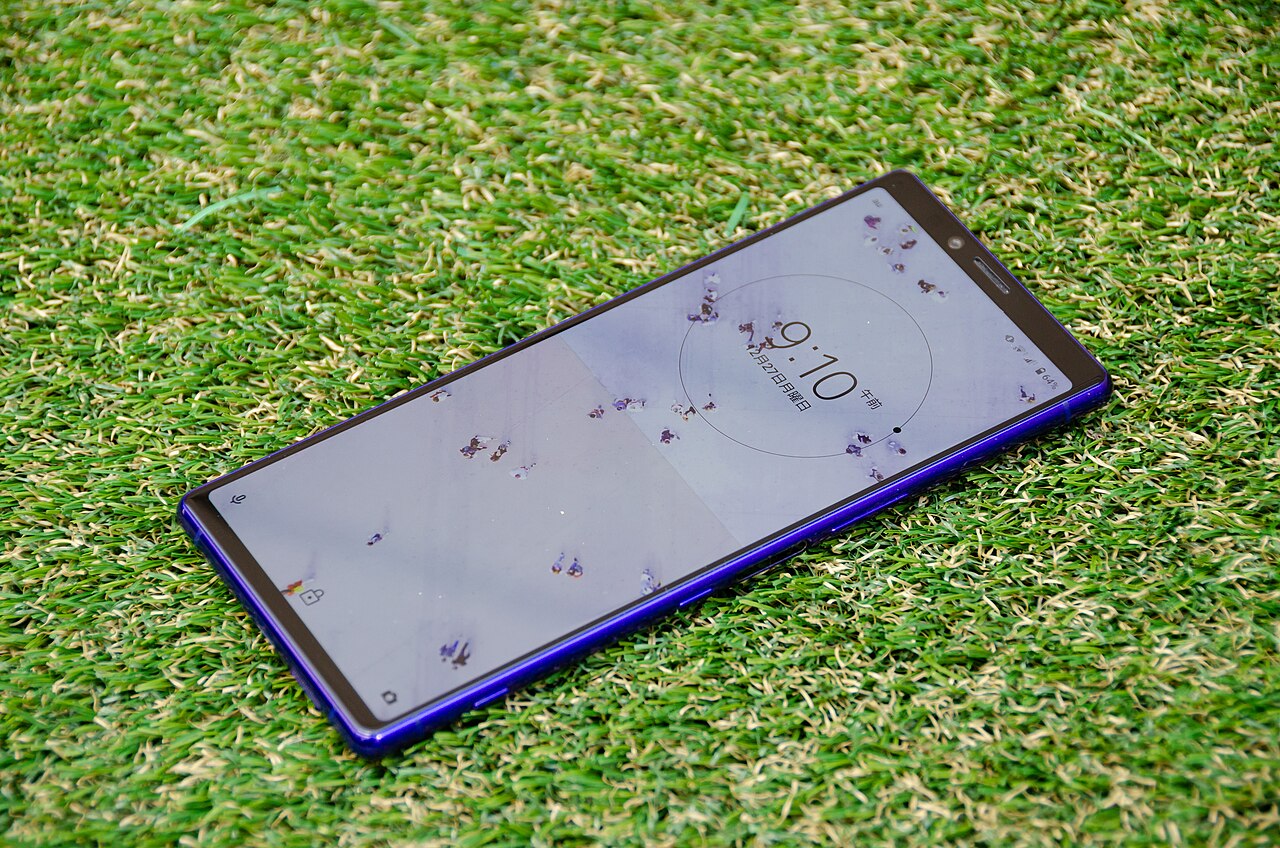
Blurring the line between smartphone and cinema tool, the Sony Xperia 1 introduced the world’s first 4K OLED display in a phone. Designed with filmmakers in mind, it featured CineAlta pro camera tools, which allowed precise manual control. Moreover, a dedicated shutter button added tactile functionality rarely seen in modern smartphones.
